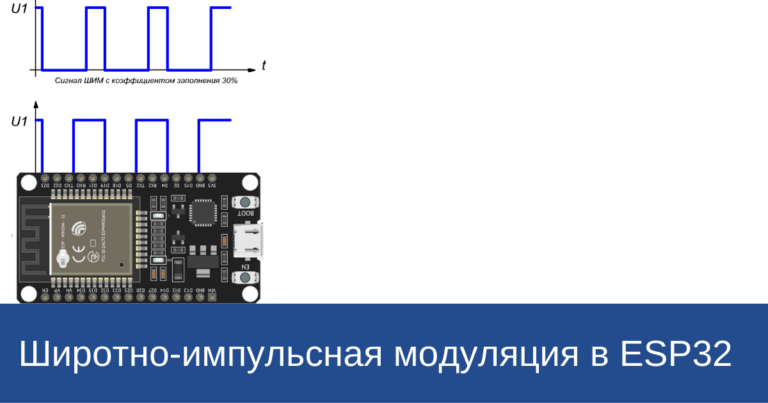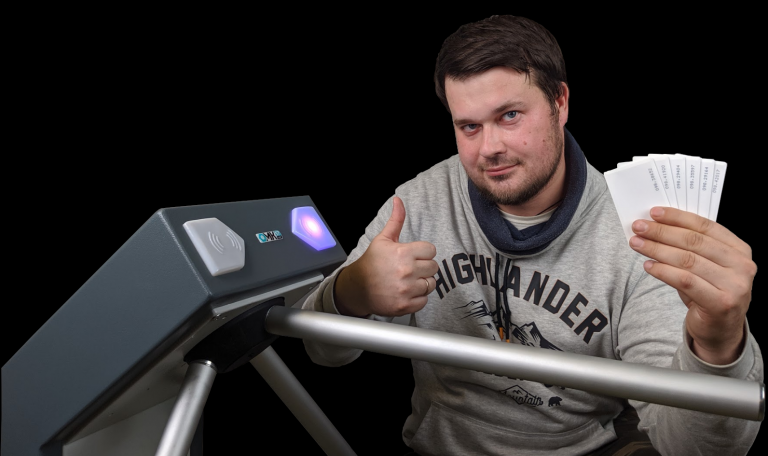Electric wheelchair
Two years ago, I helped a friend with the construction of an electric machine for his daughter, namely, he developed a “controller”. By the end of the construction, my daughter had already grown up and flatly refused to ride, so the project was abandoned, although it was practically on the move. It was then that I thought of putting my existing wheelchair on the electric drive. Maybe my experience will be useful to someone in self-construction.
The wheelchair was taken as a basis, which I have left from my grandfather. I wanted to limit myself to budget execution, and as the main drives I took engines from VAZ car windows. Replaced rear wheels with pneumatic, larger diameter. I found a steel bar with a diameter of 20 mm, sawed it into two axle shafts. Cut out a piece of plywood about the size of the stroller base. Next, I picked up bearings with an internal hole of 20 mm for the axle shafts, fitted them to the plywood base and outlined housings under them, which I printed on a 3D printer. The transmission of torque was carried out by a toothed belt. I won’t go into details here, since you have already realized that the engines did not have enough torque, the stroller rode quite confidently without load, but with a “passenger” of 50 kg I already refused.

Having rethought a little, I decided to replace the drive part, put on each wheel a MY1016Z2 250 watt 24V gear motor with a chain drive. The torque is now quite enough, and the speed is even more so, even taking into account the chain transmission with a gear ratio of 4. I fixed large sprockets with 40 teeth on the axle shaft.

I chose a rather weighty joystick as a control. It is based on a pair of 10 kΩ variable resistors. I connected the joystick to the Arduino nano. The motors are controlled via a 36V 10A two-channel H-bridge driver, also connected to the Arduino nano. This is not my first driver, and their quality is lame from manufacturer to manufacturer, there are also defective ones, in which one of the channels does not work, but they are quite simple to operate. I put all the electronics in a plastic box, and brought the joystick to the armrest for easy control.

Simplified circuit, R1, R2 – 10kΩ variable resistors, included in the joystick.
Sketch
int Speed = 0;
int Speed2 = 0;
int SpeedZero = 0;
int flag = 0;
void setup() {
pinMode(9, OUTPUT); //шим1
pinMode(10, OUTPUT); //шим2
pinMode(7, OUTPUT); //направление1
pinMode(8, OUTPUT); //направление2
pinMode(4, OUTPUT); //реле
pinMode(13, OUTPUT); //светодиод
Serial.begin(9600);
analogWrite(9,0);
analogWrite(10,0);
digitalWrite(7, 0);
digitalWrite(8, 0);
SpeedZero = analogRead(1);
}
void loop() {
Speed = analogRead(A1);
Speed2 = analogRead(A3);
Serial.println(Speed);
Serial.println(Speed2);
//вперед разад
if (((Speed>450)&&(Speed<550))||((Speed2>450)&&(Speed2<550))){
digitalWrite(4, 0);
analogWrite(9,0);
analogWrite(10,0);
}
if (Speed<449){
digitalWrite(4, 1);
analogWrite(9,50);
analogWrite(10, 50);
digitalWrite(7, 0);
digitalWrite(8, 0);
}
if (Speed>551){
digitalWrite(4, 1);
analogWrite(9,50);
analogWrite(10, 50);
digitalWrite(7, 1);
digitalWrite(8, 1);
}
//////////////////////////
//лево право
if (Speed2<449){
digitalWrite(4, 1);
analogWrite(9,50);
analogWrite(10,50);
digitalWrite(7,1);
digitalWrite(8, 0);
}
if (Speed2>551){
digitalWrite(4, 1);
analogWrite(9,50);
analogWrite(10,50);
digitalWrite(7, 0);
digitalWrite(8, 1);
}
delay(300);
}I decided to feed the stroller from a 24V 500W power supply, since the battery costs quite a lot of money, and even at the stage of control development, this power supply is quite enough. Anyway, I don’t plan to go beyond the garage. There are, of course, slight inconveniences of power supply from the wire, but I will somehow survive until I bring it to a normal state of use, and by that time I can save up for the battery.
First exit.
In the firmware, I limited the speed to the minimum, so far I refused from smooth acceleration. The stroller rides forward, backward and turns (by rotating the wheels in different directions).
Since there is no smooth running, the sensations are ambiguous. Didn’t ride for long, the plastic-printed hub broke. Oh, those additive technologies. Power parts made of plastic will be converted into metal ones.
To be continued!
Thank you for the attention.





